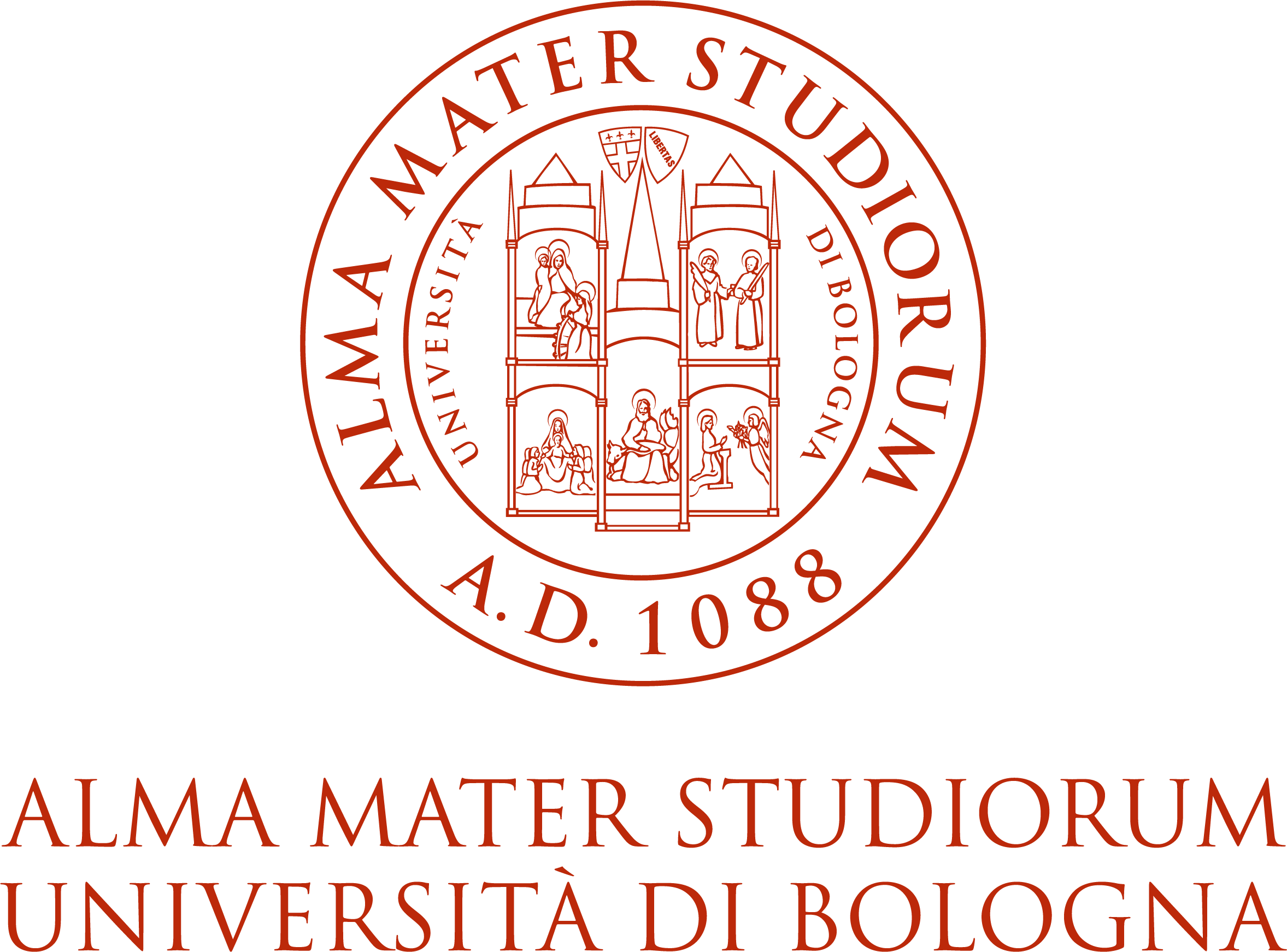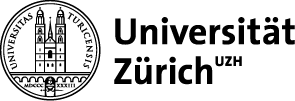Doctoral Programme in Cultural Heritage
Co-developed by
Heritage, global migration and mobility (TRT1)

Cultural Heritage in the context of Migrations and Global Mobilities
The relationship between mobilities and heritage is multifaceted, complex, and particularly favorable for understanding contemporary heritage development. Yet few publications examine the relationship between mobility studies and heritage studies. No reference to heritage is made in manuals on mobility, despite the diversity of the themes addressed (Adey et al., 2014; Urry, 2007). Conversely, in the field of heritage studies, heritage is most often seen as an endogenous social product originating within the region or area. For many researchers, heritage cannot be dissociated from national construction (Chastel, 1987). It is interwoven into the identity of the nation, contributing to the maintenance of a collective imagination around a sense of nationhood. More generally, heritage is understood as a social product of the ‘permanent’ inhabitants of an appropriated or claimed region within a scientific approach that establishes the local identity of the groups (social, cultural, or ethnic) living there. The role of temporary populations (or of populations perceived as temporary) in heritage development processes is most often neglected. This applies to migrations (whether voluntary or involuntary), nomadism, and tourist mobilities.
It is only since the end of the 20th and beginning of the 21st centuries that heritage studies have gone beyond the essentialist categories culturally defined in terms of the Nation to take into account the flow of cultures, identities, and attachments (Ashworth, Graham and Turnbridge, 2007). The Faro Convention (2015) introduced the concept of “heritage communities” (Adell et al., 2015) built around the recognition of heritage elements within a less essentialist approach (Schofield, 2015). Moreover, current mobility patterns show that the migration of people is not an ‘abnormal’ situation compared with the supposed normality of sedentariness, nor is it an exceptional situation. Rather, it is a state of affairs that makes sense in and of itself and that, within the context of contemporary ‘polytopic’ life (Stock, 2006), involves increasingly large parts of the population, affecting both those who undertake these mobilities and those who do not. Although the roots proceed routes (Clifford 1997) , travel is not a supplement but a spectrum of experiences of people, objects and ideas (Appadurai 1996).
For a long time, the heritage resulting from migration was ignored by the host countries. The heritage of migrants has thus often been rendered invisible, denied, or considered illegitimate. Migrants are often perceived as temporary populations who settle in the host country for a limited time only. However, their presence questions the relationship between heritage and identity (Graham & Howard 2008) as the idea of home (home-place from which you came from and home-place where you live now) is an important a point of reference for revising the sense of identity (Tolia-Kelly, 2004). Within a post-colonial context, heritage narratives are becoming more complex and diverse (Harrison and Hughes, 2010). In Europe in particular, a significant proportion of immigration comes from former colonies and is part of an often traumatic past that still influences relations between migrants and their host societies to this day. Cultural heritage cannot be dissociated from post-colonial considerations and narratives (Boukhris and Peyvel, 2020). However, it is only in recent years and within an essentially political approach to the integration of populations from migrant backgrounds that their heritage has begun to be recognized. Cultural heritage is indeed an important factor in the visibility of immigrant populations in the public space, and only over the past few decades have host countries started founding immigration museums (Whitehead et al., 2013). Several countries largely populated by 19th and 20th century immigration (such as the United States, Canada, Australia, and Argentina) have immigration museums. In the United States, the Ellis Island Immigration Museum opened its doors in 1990. In Europe, this movement is more recent, however gains on popularity. In France, a country in which immigration has made significant social, cultural, and economic contributions, the “French Ellis Island” (Green, 2007), housed in the former palace of the 1931 Colonial Exhibition that became the Colonial Museum, was only inaugurated in June 2006 as the National Museum of Immigration. The phenomenon also applies to emigrant countries such as Poland. The creation of institutions such as Emigration Museum in Gdynia plays significant role in memory-work, but also as a response to contemporary migration movements. The problem of representation of migration in contemporary European museums is undoubtedly an interesting, but still unexplored research field (Johansson & Bevelander 2017; Porsché 2018) . The heritage of nomadic populations is also relatively invisible, as demonstrated by researcher Stafan Appelgren (2014). He identified the tendency of heritage studies to ignore nomads because of their mobile lifestyles, in a world where sedentariness is considered the norm. Likewise, mobility studies make little attempt to explore the mutual dependencies of heritage and global flows.
The relationship of tourist populations to heritage development also represents a blind spot in heritage studies. Although numerous works on the multiple relationships between heritage and tourism obviously do exist, such studies focus on the different ways in which tourism takes over heritage that is ‘already there’, often produced a very long time ago by indigenous populations, with a view to using or enhancing it for tourism purposes. Researchers focus on the impacts of tourism’s development of heritage, sometimes positive but more often than not negative. Before the middle of the 20th century, the bibliography on ‘mass’ tourism had already drawn a profile of tourists as destroyers of heritage (Furt and Michel, 2011). More recently, during these first decades of the 21st century and within a context qualified as over-tourism (Peeters et al., 2018) or tourismophobia (Milano, 2017), the relationship of tourists to heritage is approached from the angle of predation: tourists ‘consume’ heritage, visually or physically, in the sense that they wear out, destroy, and in all cases pervert the heritage visited. The legitimacy of tourist populations to ‘produce’ heritage, with tourists themselves being driving forces behind heritage development, is strongly contested. Another issue related to the problem of mobility and heritage is the digitization of heritage and the virtualization of experiencing it. Virtual tourism refers to a tourism experience in an electronic environment, which acts as a substitute for physical journey or, in the hybrid version, can act as supplementary experience exceeding a physical travel. From the perspective of sustainability, this form of mobility is being discussed as a solution to help relieve fragile designations where the consequences of over-tourism pose a threat to heritage sites (Ali and Frew 2013).
This research theme aims to highlight the role that mobilities have played in the past and increasingly play today in the social production of contemporary heritage. It posits that mobilities of populations, ideas, models, and standpoints contribute significantly to the heritagization of artifacts and mentifacts that may not have been recognized as heritage solely by the action of local communities. It further advances the hypothesis of a new ‘heritage regime’, which suggests a departure from the dominant understanding of the heritage concept by introducing mobilities as a major player in heritagization processes.
While taking the necessary precautions not to confuse registers of mobility driven by fundamentally different motivations, we nevertheless suggest a transversal interpretation of the relationship between mobilities and heritage. Thus, contrary to research that explains heritage production as a reaction of regions against globalized movements, as indicated in the early work of heritage studies (Lowenthal, 1985; Hewison, 1987; Uzzell, 1989), we will examine heritage production as being in a dialectical relationship with mobilities.
Maria Gravari-Barbas, January 2021
* This text is part of the paper Tenements in New York and Riads in Marrakesh: Mobilities and the New Paradigm of Heritagization, to be published in Cattan, Nadine and Farrel Laurent, (eds),Mobilities and Spatialites, Routledge, 2021.
TRT1 Activities
The next TRT1 get together will take place on May 19, 2025 (program).
Discover the programs of previous TRT1 get togethers: February 5, 2025, June 5, 2024, December 1, 2023 and May 24, 2022 (video available here).
Follow the news of the TRT1 in the blog "Heritage on the Move".








